It's the little things that pack the biggest punch
When it comes to hunter safety, it’s easy to think that the biggest danger is the firearm but often, it’s the animals themselves. In Australia, it’s not the big game we need to worry about, but small creatures like spiders, ants, snakes and bees that pose the biggest threat to hunter safety.
Overseas, it’s often large predators and dangerous game animals – lions and tigers and bears, ooh ah – that pose a threat to hunter safety. Australia only has a handful of big threats: sharks, salt water crocodiles, wild dogs/dingoes, water buffalo, wild pigs and goannas. Downunder, it’s not our big animals that have earned us the fearsome reputation as one of the most dangerous countries on earth. It’s the little things that pack the biggest punch and pose the biggest threat to hunter safety.
Each year, more than 3000 people are hospitalised from venomous bites and stings in Australia – and the four biggest culprits are spiders, ants, snakes and bees.
Read on to discover four of the most dangerous creatures found in the Australian bush along with some tips on how hunters can keep themselves safe.
Spiders
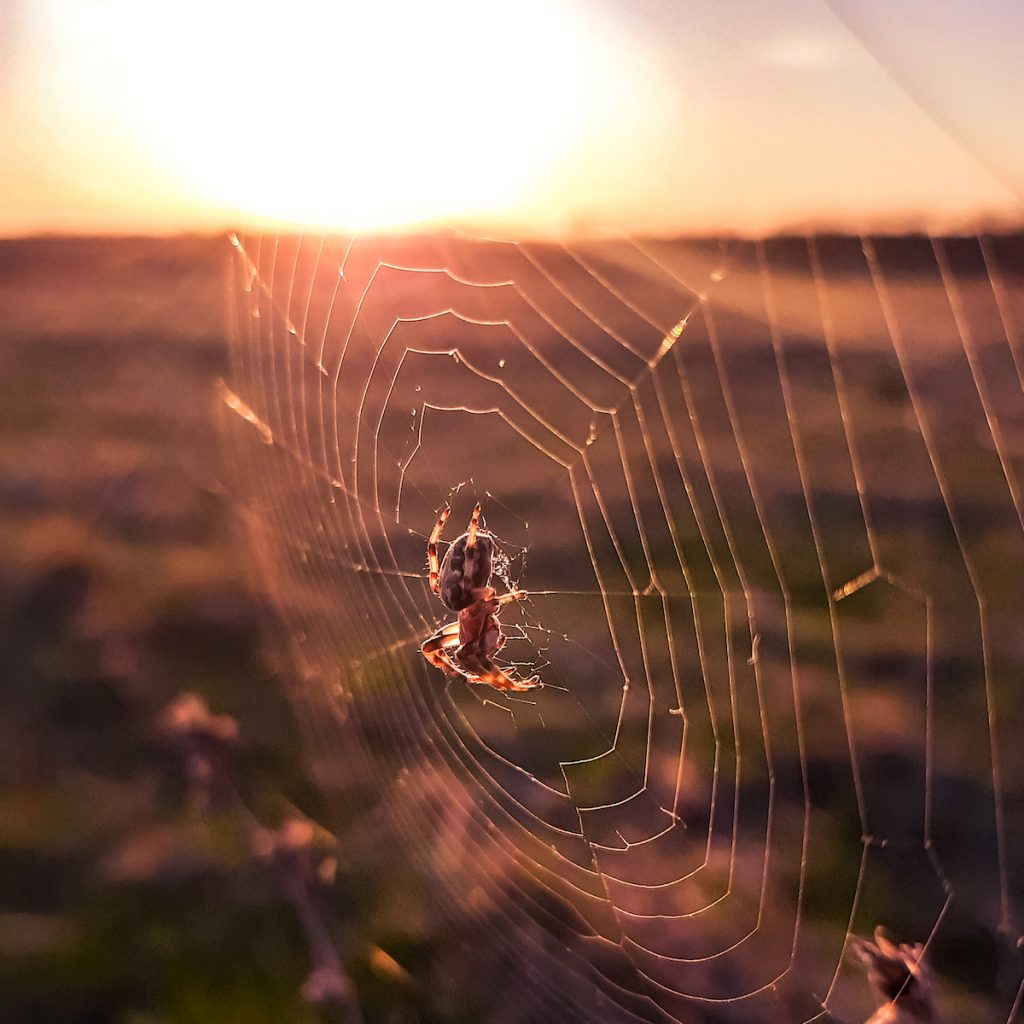 Arachnophobia is the official word for fear of spiders, and has become the subject of countless horror movies. With over 10,000 species of arachnids, ranging from tiny and relatively harmless to huge, ugly, hairy monsters, it’s little wonder Australia has become an arachnophobes worst nightmare. Like most things though, the reputation of our spiders is more dangerous than their bite. While there are four species of spider technically capable of causing fatalities, only two have actually caused deaths in Australia – the funnel web and the redback spider. In April 2016, Jayden Burleigh, a 22 year old bushwalker from Sydney, was bitten on the hand while walking on the north coast of New South Wales. He later died in hospital, becoming the first person to die from a spider bite in Australia since 1979, making the mortality rate from spider bites almost negligible. However, due to the potential toxicity of spider venom, it is always important to treat every bite as an emergency and seek immediate medical assistance.
Arachnophobia is the official word for fear of spiders, and has become the subject of countless horror movies. With over 10,000 species of arachnids, ranging from tiny and relatively harmless to huge, ugly, hairy monsters, it’s little wonder Australia has become an arachnophobes worst nightmare. Like most things though, the reputation of our spiders is more dangerous than their bite. While there are four species of spider technically capable of causing fatalities, only two have actually caused deaths in Australia – the funnel web and the redback spider. In April 2016, Jayden Burleigh, a 22 year old bushwalker from Sydney, was bitten on the hand while walking on the north coast of New South Wales. He later died in hospital, becoming the first person to die from a spider bite in Australia since 1979, making the mortality rate from spider bites almost negligible. However, due to the potential toxicity of spider venom, it is always important to treat every bite as an emergency and seek immediate medical assistance.
Ants
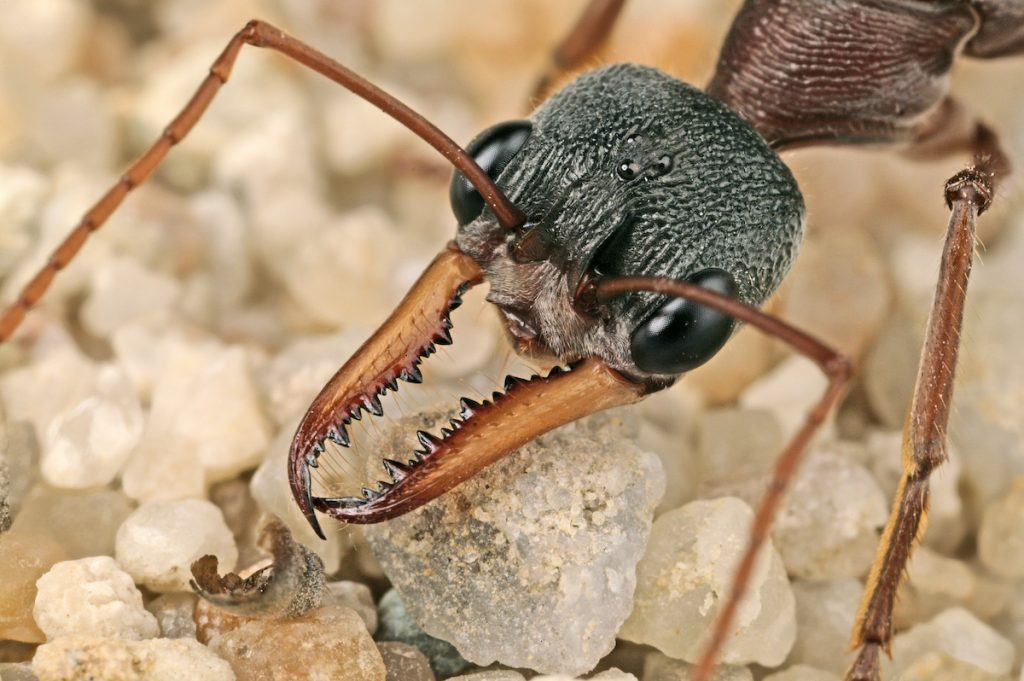
Would you believe that, between 2004 and 2017, five people in Australia died from ant bites? Considering that, during the same period, only three people died from box jellyfish and nobody died from spider bites, ants are statistically more deadly than spiders and jellyfish. The Australian bush is full of ants – from the big nasties like bull ants and jack jumpers to the small, seemingly innocuous house ants. Most people will be perfectly fine around ants, even if bitten by a bull ant, and might only require an ice pack or commercial spray to relieve the pain. However, Australian coronial records show that it’s not necessarily the size of the ant but your personal reaction to the bite that matters. Anaphylaxis is the most common cause of death associated with ant bites and can occur even from the smallest ant. Unfortunately, some people don’t find out that they’re allergic to ants until they’ve already been bitten. If you have any reaction at all to an ant bite, you are better off being safe and getting it checked by a medical professional.
Snakes
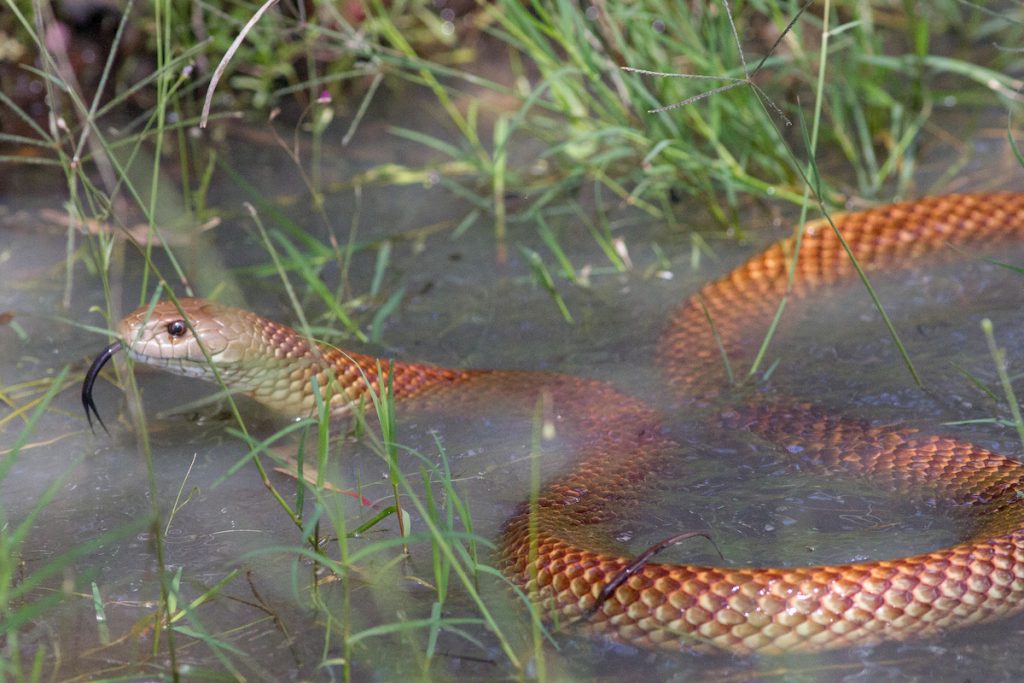 The Australian bush is home to 21 of the 25 most deadly snakes in the world! Taipans, brown snakes, tiger snakes, copperheads, black snakes, and death adders… even their names are enough to evoke fear. Around 3,000 people are bitten by snakes in Australia each year, though, thanks to quick medical treatment and modern antivenoms, only around 500 require hospital admission.
The Australian bush is home to 21 of the 25 most deadly snakes in the world! Taipans, brown snakes, tiger snakes, copperheads, black snakes, and death adders… even their names are enough to evoke fear. Around 3,000 people are bitten by snakes in Australia each year, though, thanks to quick medical treatment and modern antivenoms, only around 500 require hospital admission.
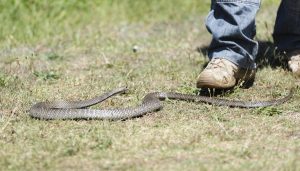
On average, less than 2 people die from snake bites each year, making the mortality rate around 0.066 percent. So, while it’s important that we maintain a healthy respect of snakes, we should not let fear of them keep us from hunting. Prevention is always better than cure, so educate yourself on snake behaviour and take simple steps to reduce your chances of coming into contact with snakes: wear boots and gaiters; zip up your tent or swag; watch where you’re walking (remembering snakes can also be in trees); always take extra care when going to the toilet in the bush; know the latest treatments for snake bites; have a first aid kit capable of treating snake bites. Finally, if you or one of your group are bitten by a snake (treat all snake bites as an emergency), call 000 immediately for help and follow the first aid instructions at the bottom of this article.
Bees
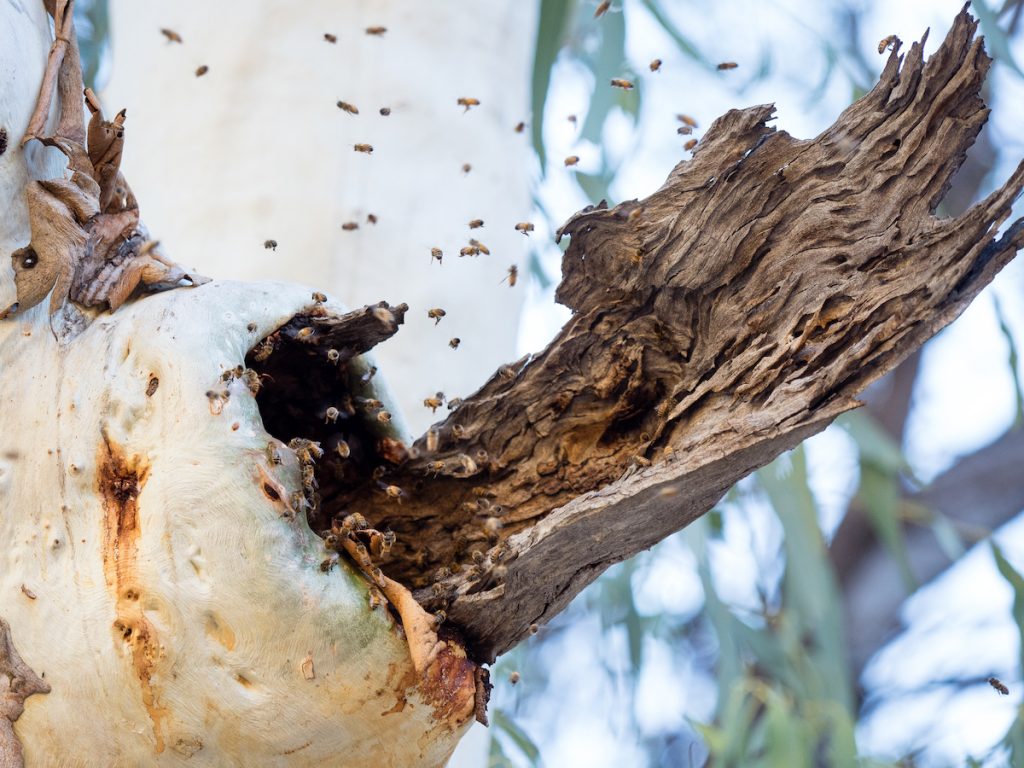
Statistically speaking, the most dangerous and deadly creature in the Australian bush is not spiders, ants or snakes but the humble honey bee! While it might not seem like much of a threat, around 1,000 Australians are hospitalised from bee stings each year, with around 10 people dying. That’s a mortality rate of 1 percent. To put that into perspective, bees account for a third of all venom hospitalisations in Australia. If you are one of the 10 percent of Australians allergic to bees, we strongly recommend carrying an EpiPen with you whenever you hunt. It could be the difference between life and death.
Staying safe
While it’s easy to get caught up in the fear factor of these creepy crawlies, just remember that you are still more likely to die in a car accident, be struck by lightning or even trampled by a horse than you are to die from a spider, ant, snake or bee. That being said, we highly recommend taking the following precautions to make sure that you are prepared and able to deal with any incident that may happen while hunting.
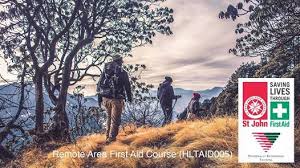
- Get certified to administer first aid. St Johns offer simple 1 day courses, or 3 day intensive courses that will equip you to administer first aid in remote locations like hunting camps.
- Always carry a well equipped first aid kit capable of treating a range of stings and bites.
- If you have allergies, make sure you add an EpiPen to your kit, and carefully read the instructions (before heading out) to make sure you know what to do with it. Always remember to check the use by date before heading out into the field.
- Carry an EPIRB, In-Reach or satellite phone capable of making an emergency call even in remote areas.
What to do (and not to do) if you are bitten by a snake or spider
- Do NOT try to suck out the venom, or even wash the area of the bite. Why? Medical professionals will use the traces of the venom to identify which antivenom needs to be administered. By removing all traces of it, you could actually impede medical treatment.
- Do NOT cut the bite, or apply a tourniquet to the bite. Why? Cutting the bite area will not help the victim and will just add to the injury. Applying a tourniquet is also ineffective, and can actually make envenomation fatal when released.
- Do NOT allow the victim to walk or move their limbs. Use a splint or sling to minimise movement. Use a stretcher to transport the victim, or if you do not have a stretcher, bring transport to the patient. If in doubt, wait for emergency services to come to you.
- Do apply a compression bandage firmly to the bite, splinting and immobilising the limb to help stop the spread of venom. You can also slow the spread of venom by placing a folded pad over the bite area and then applying a firm bandage. The bandage should be firm but should not stop the flow of blood to the limb or congest the veins. It is critically important that the bandage only be removed in a medical facility by a trained professional, as the release of pressure will cause the venom to travel quickly through the bloodstream.
- Do remain calm but seek medical help immediately by calling 000 or activating an EPIRB.
What is I Am Hunter?
I Am Hunter wants to change the way hunting is perceived and to change the conversation from a negative one driven by anti-hunters to a positive one led by hunters.
Our goal is to help hunters become positive role models and ambassadors for hunting, while simultaneously helping non-hunters understand why hunting is important.
You can become a supporter and help us achieve our goal and spread a positive message about hunting with the wider community.
Related content
Our other channels
Get our newsletter
Get our free monthly newsletter direct to your inbox
Listen on iTunes
Listen to our podcast on iTunes.
TV series
Watch I Am Hunter episodes on My Outdoor TV (MOTV)


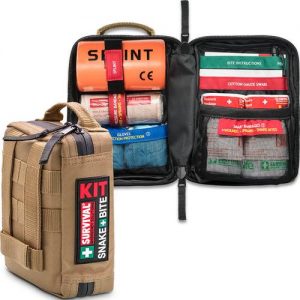


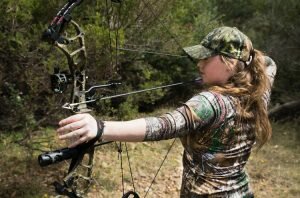

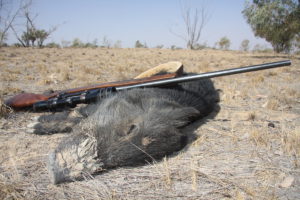

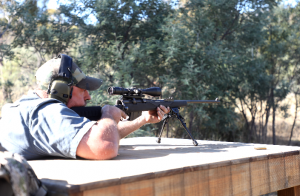
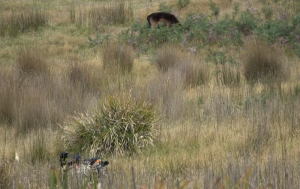
One thought on “The biggest threat to hunter safety”